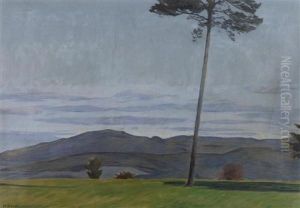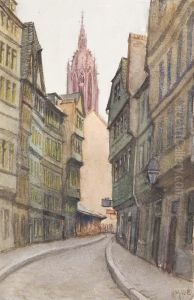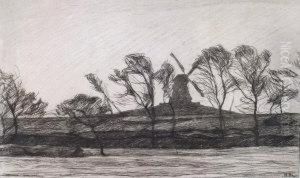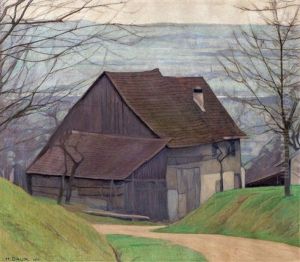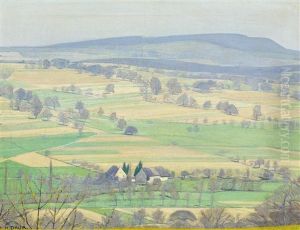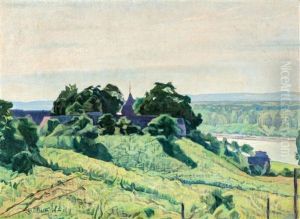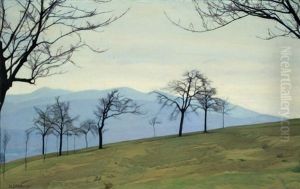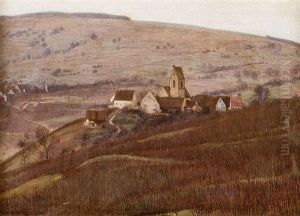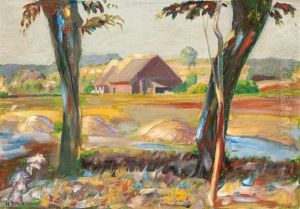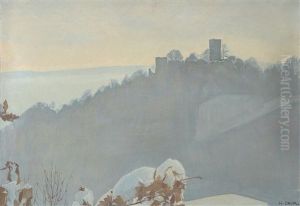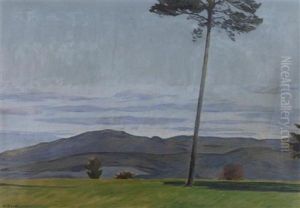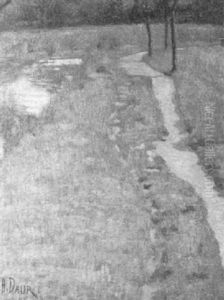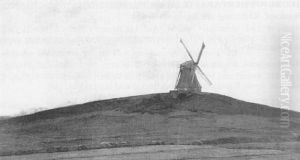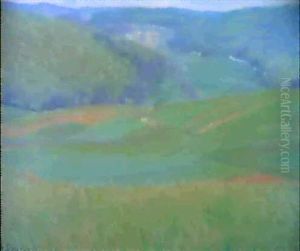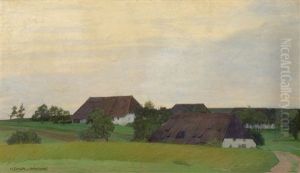Hermann Daur Paintings
Hermann Daur was a German painter born on May 19, 1820, in Württemberg, Germany. He established himself as an artist in the 19th century, a time when the Romantic movement was giving way to Realism in the European art scene.
Daur specialized in landscape and genre painting, capturing the idyllic countryside of Germany as well as scenes of daily life with a keen eye for detail and a deep appreciation for the natural world. He was part of the Swabian school of painting, which focused on the depiction of the Swabian Alps and its surroundings, a region in southwest Germany known for its rolling hills and traditional villages.
Throughout his career, Hermann Daur exhibited his work in various German cities, gaining recognition for his artistic talent. His paintings often reflected a sense of tranquility and were noted for their clear, bright colors and meticulous composition. Daur's works are characterized by their realistic portrayal of rural life and nature, which he rendered with precision and a delicate sense of light.
Hermann Daur passed away on January 7, 1907, leaving behind a body of work that continues to be appreciated for its contribution to the landscape and genre painting traditions of 19th-century German art. His paintings can be found in regional museums and are sought after by collectors who value the pastoral charm and historical significance of his work.
